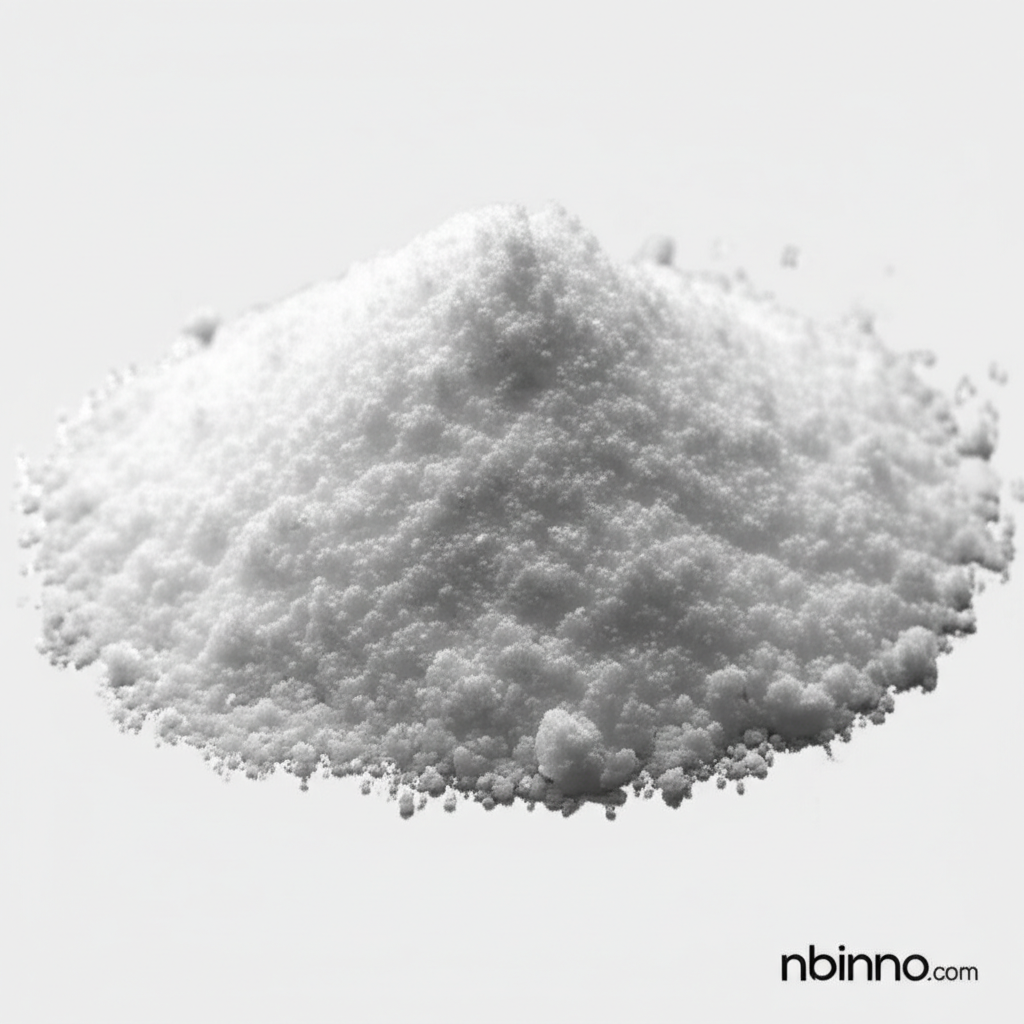Phenolphthalein: A Versatile Chemical Indicator
Discover the multifaceted applications and chemical properties of this essential laboratory reagent.
Get a Quote & SampleProduct Core Value

Phenolphthalein
Phenolphthalein is a vital organic compound widely utilized as a pH indicator, renowned for its distinct color transitions across different acidity levels. Its chemical nature makes it indispensable in various analytical procedures and scientific explorations.
- Explore the phenolphthalein pH indicator capabilities, understanding its color change from colorless to pink between pH 8.3 and 10.
- Learn about phenolphthalein's role in acid-base titration, a fundamental technique in chemistry for determining unknown concentrations.
- Understand the synthesis of phenolphthalein, a process involving phenol and phthalic anhydride, highlighting its chemical origins.
- Investigate the diverse phenolphthalein uses, including its application in concrete testing and forensic science.
Key Advantages
Reliable pH Indication
The well-defined color change range makes phenolphthalein a reliable tool for precisely identifying the endpoint in many acid-base titrations, crucial for accurate chemical analysis.
Versatile Applications
Beyond titration, phenolphthalein serves in concrete carbonation testing and as a component in forensic kits, showcasing its broad utility in scientific and industrial fields.
Educational Value
It's a staple in educational settings, offering students hands-on experience with chemical reactions and the principles of pH, aiding in understanding fundamental chemistry concepts.
Key Applications
Acid-Base Titrations
Accurately determine the equivalence point in titrations, a critical step in quantitative chemical analysis, leveraging the clear phenolphthalein color change.
Concrete Durability Testing
Assess the extent of carbonation in concrete structures by observing the color reaction, a vital aspect of civil engineering and material science.
Forensic Science
Used in tests like the Kastle-Meyer test for the presumptive identification of blood, demonstrating its application in criminal investigations.
Educational Experiments
A common reagent in school laboratories for demonstrating pH concepts, chemical indicators, and reaction kinetics, enhancing student learning in chemistry.
